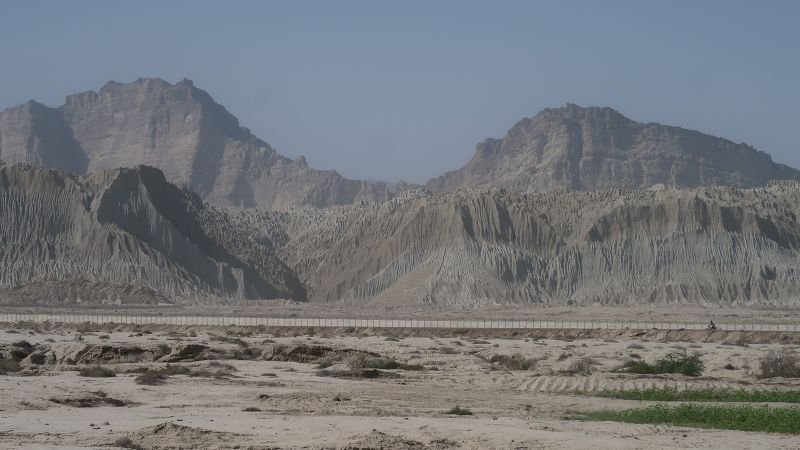CNN
—
Pakistani police have made multiple arrests after a couple were allegedly murdered in broad daylight on the orders of a tribal elder for having an “illicit” relationship, in the latest so-called “honor killing” in the country.
The killings last month in the southwestern Balochistan province, underscores the shocking and persistent nature of such crimes across parts of Central and South Asia, where family and community members believe they can restore “honor” through bloodshed.
At least 11 people have been arrested since video of the incident recently went viral on social media, Balochistan’s chief minister Safraz Bugti said.
Graphic video of the killing shows about a dozen men surrounding several vehicles in a desert.
A woman, her head wrapped in a shawl, can be seen slowly walking in front of one of the vehicles as a man follows her, watched by the group.
“You are only allowed to fire at me, nothing else,” she can be heard saying in Brahvi, a local language, before the man raises a pistol and shoots her at close range.
The woman remains standing after two shots, collapsing only after the third, the video shows. The video then captures more gunshots.
Another video shows the bloodied bodies of a man and woman lying side by side.
CNN cannot independently verify the authenticity of the videos. Police told CNN they believe the footage does show the murder under investigation.
The man and woman were killed because they were allegedly engaged in a relationship considered “illicit” by a local tribal leader, according to a police report seen by CNN.
The leader had allegedly issued a verdict to execute them, the police report said.
Honor killings remain disturbingly common in Pakistan, with hundreds of cases reported each year — though experts believe the real number is much higher due to underreporting.
These murders are typically carried out by family members or village leaders who believe a relative, often a woman, has brought “shame” upon the family, sometimes for reasons as seemingly innocuous as marrying by choice, seeking a divorce, or defying traditional gender roles.
Deeply-rooted patriarchal norms that equate family honor with women’s behavior, cultural acceptance, and weak law enforcement, allow perpetrators to act with near impunity.
In recent years, a string of high-profile so-called honor killings have made headlines in Pakistan, drawing national and international condemnation and underscoring the persistence of the practice.
In 2016, social media star Qandeel Baloch was murdered by her brother in a so-called “honor killing.” Baloch gained both fame and notoriety in inherently conservative and patriarchal Pakistan for her bold, sassy and increasingly political social media posts.
Her murder sparked a national outcry and promoted changes in the country’s so-called “honor killing” laws. Honor killings now carry a life sentence but the change in legislation has not made the crimes go away.
At least 335 women and 119 men were killed in so-called “honor killings” last year alone, according to data from the Human Rights Commission of Pakistan (HRCP).
Balochistan’s chief minister Bugti called the most recent alleged murder “intolerable” and a “blatant violation of social values and human dignity.”

